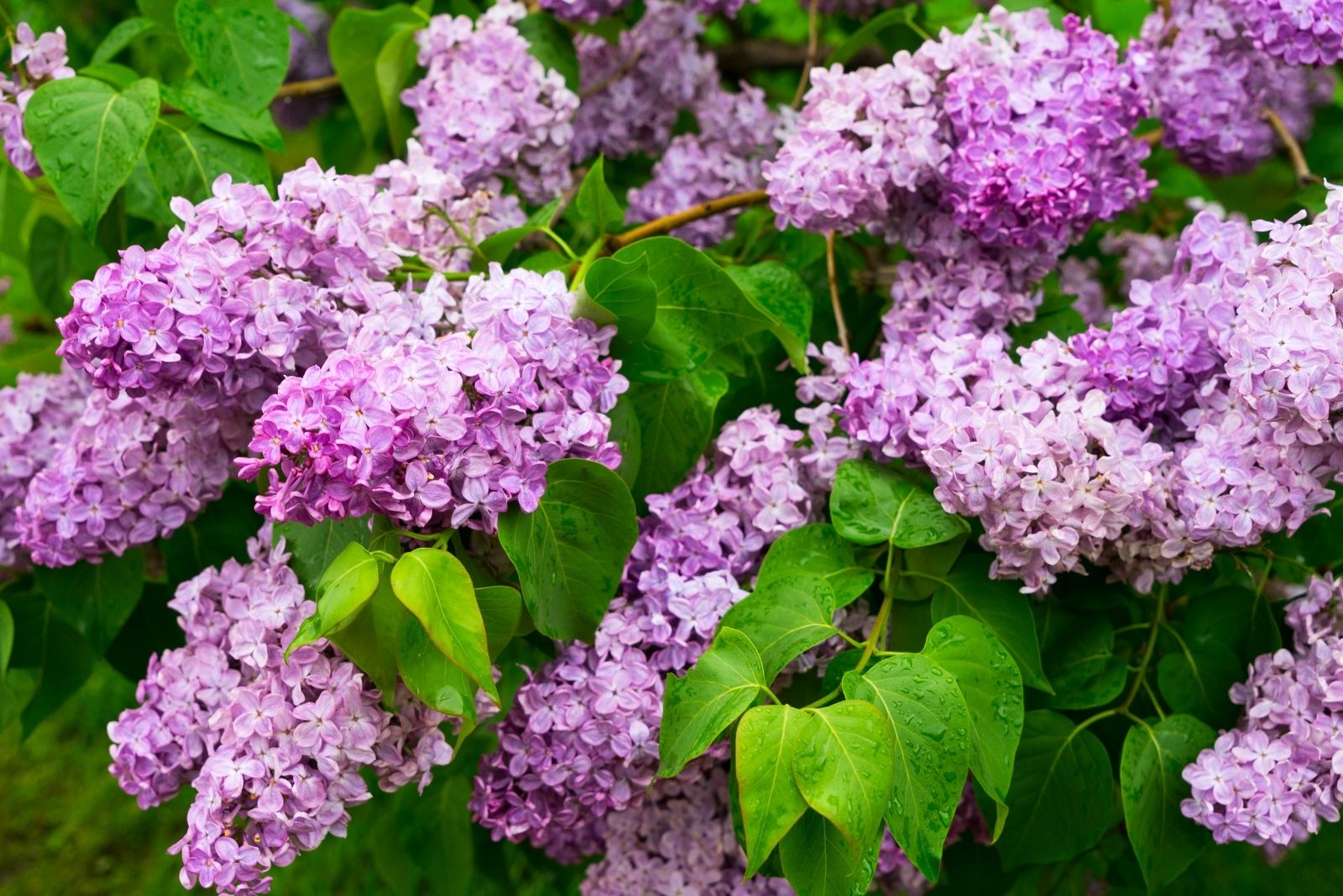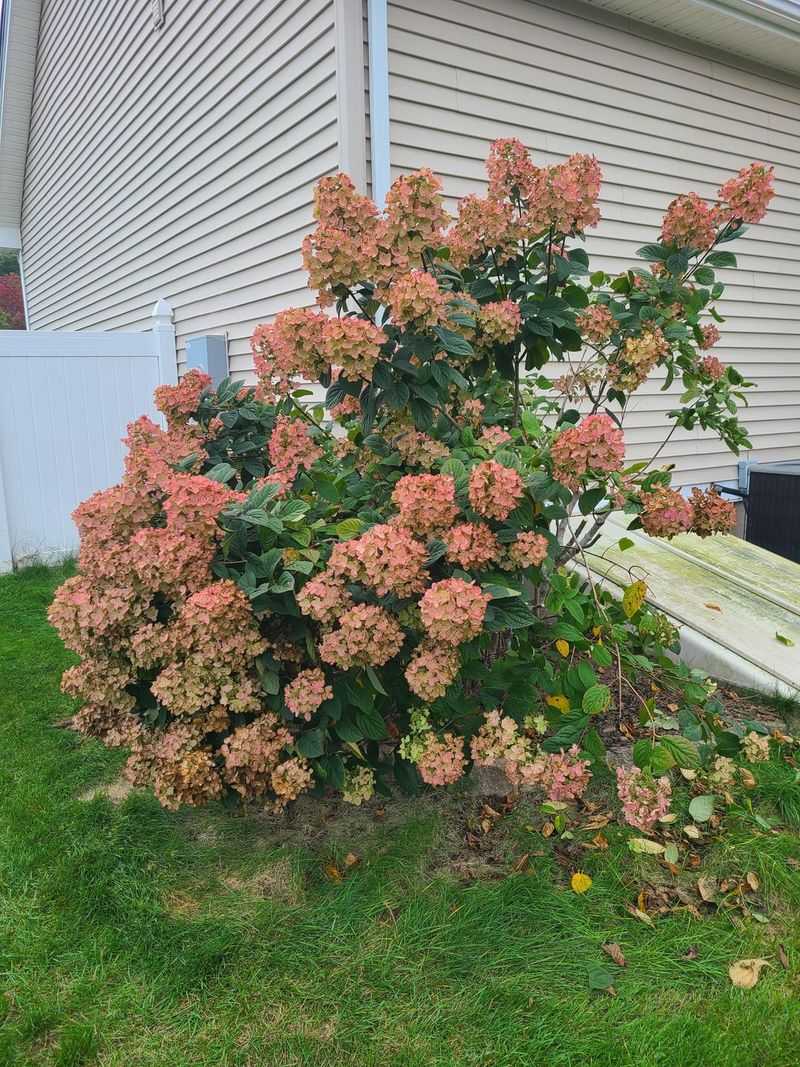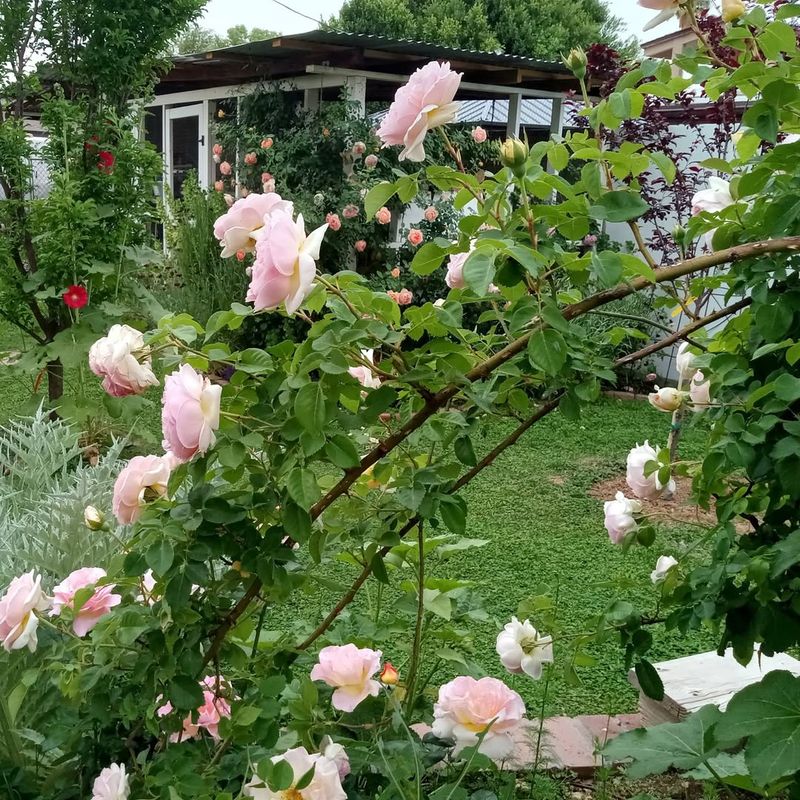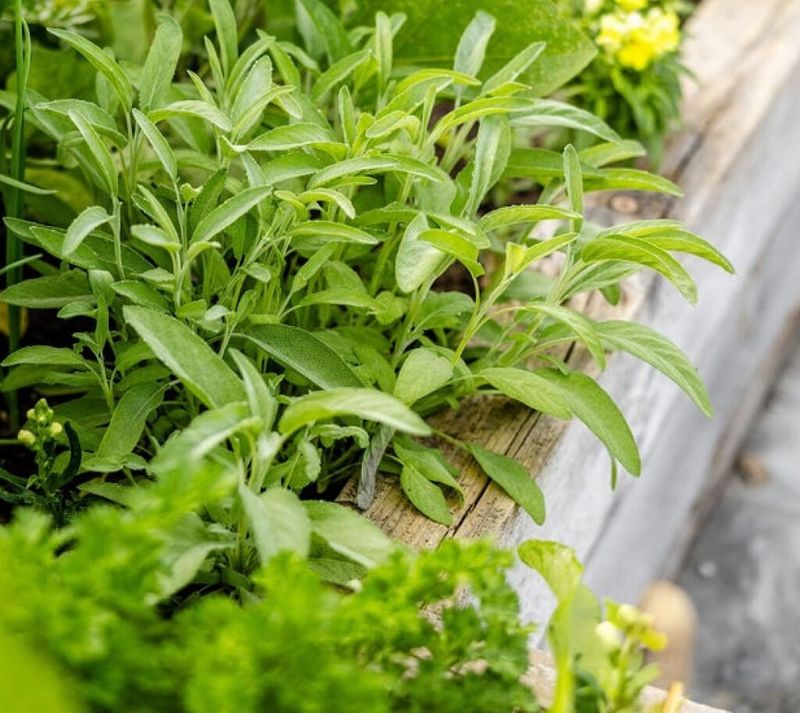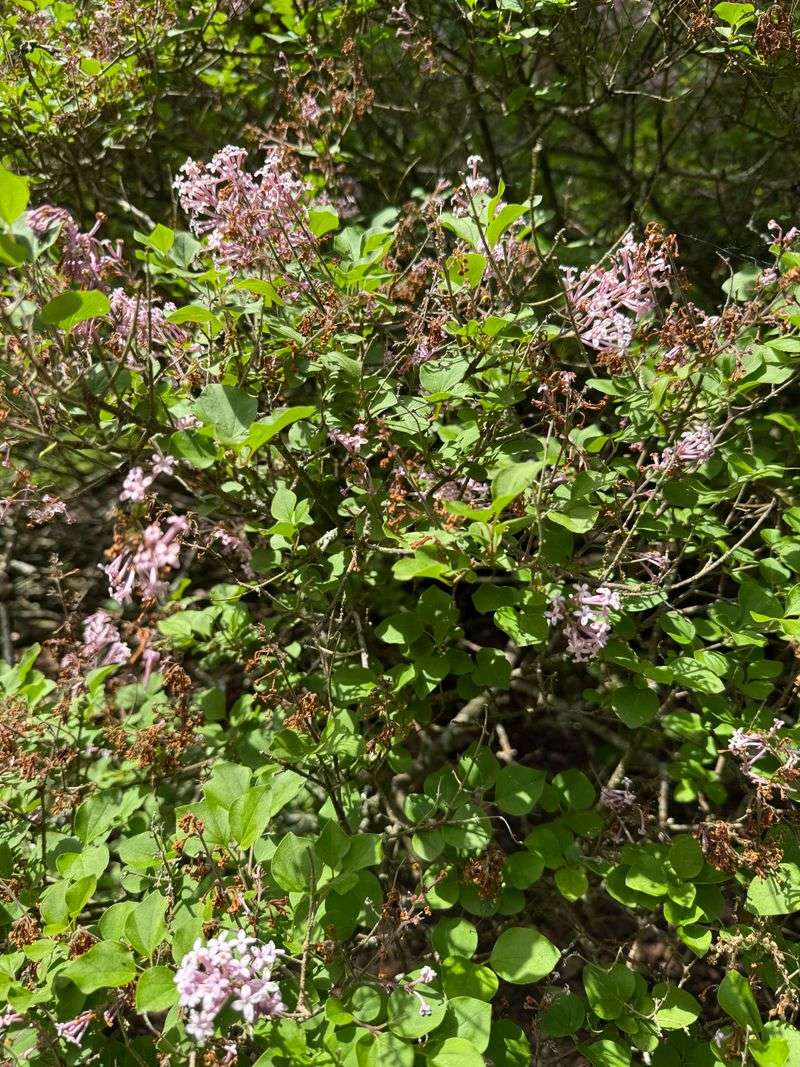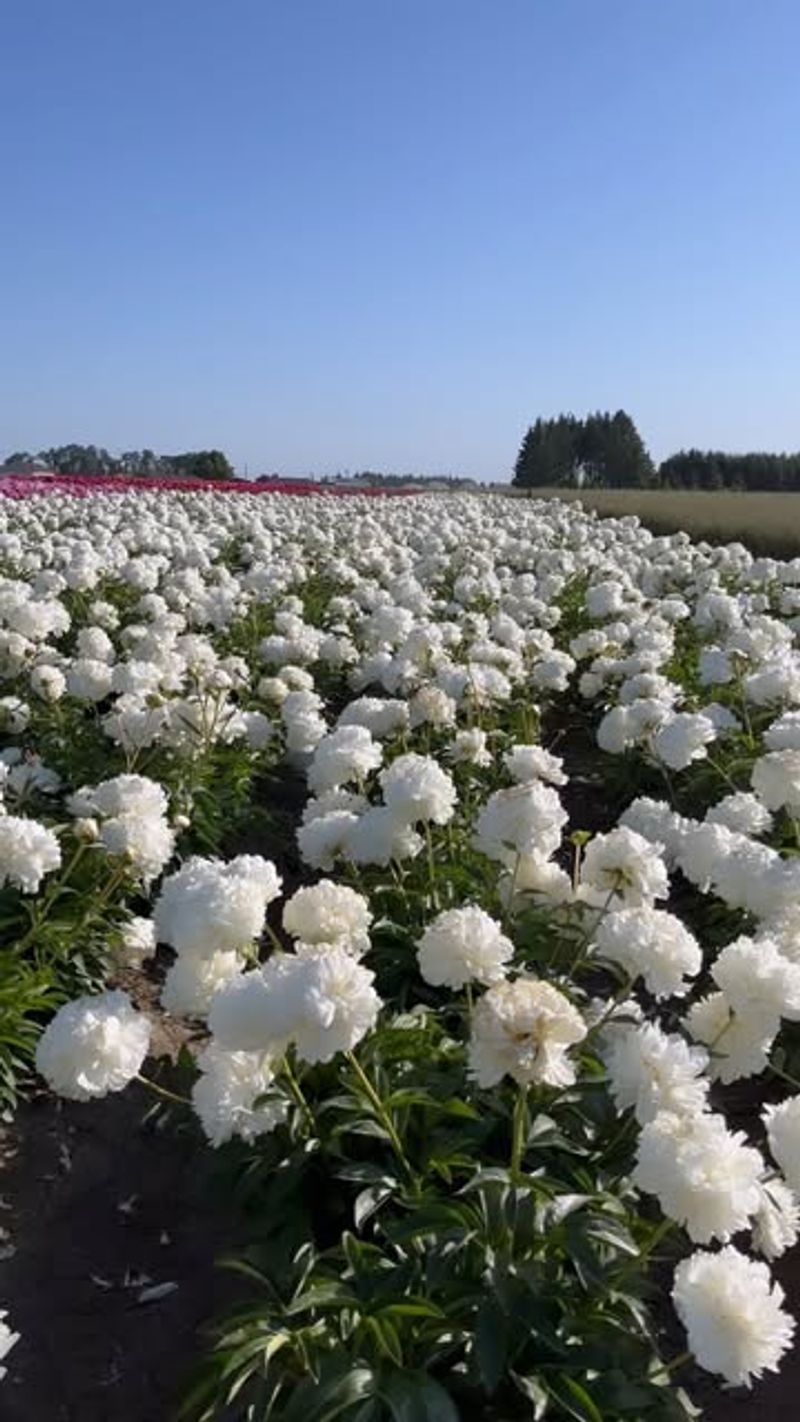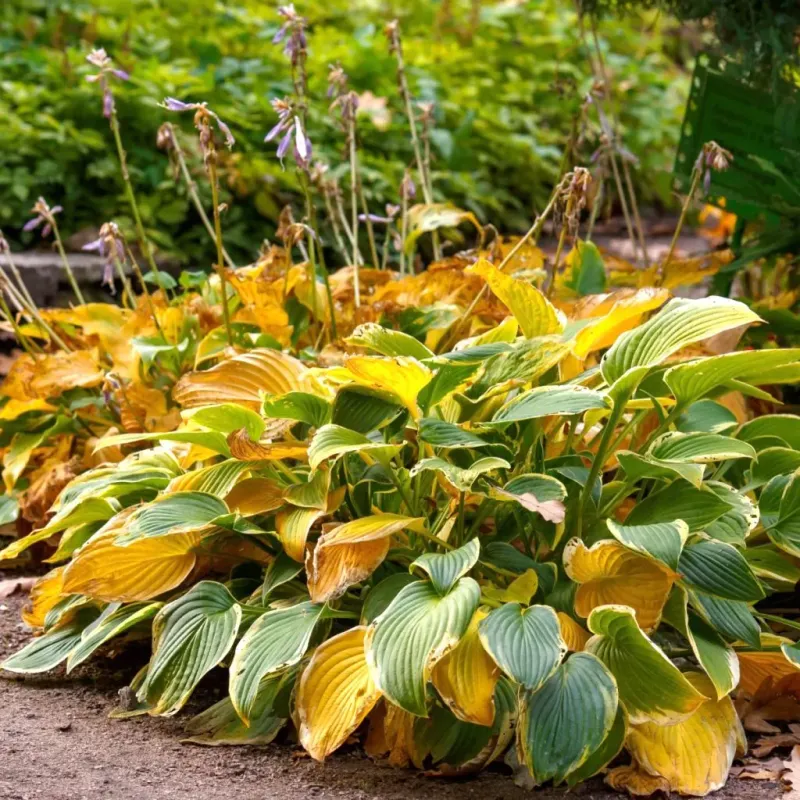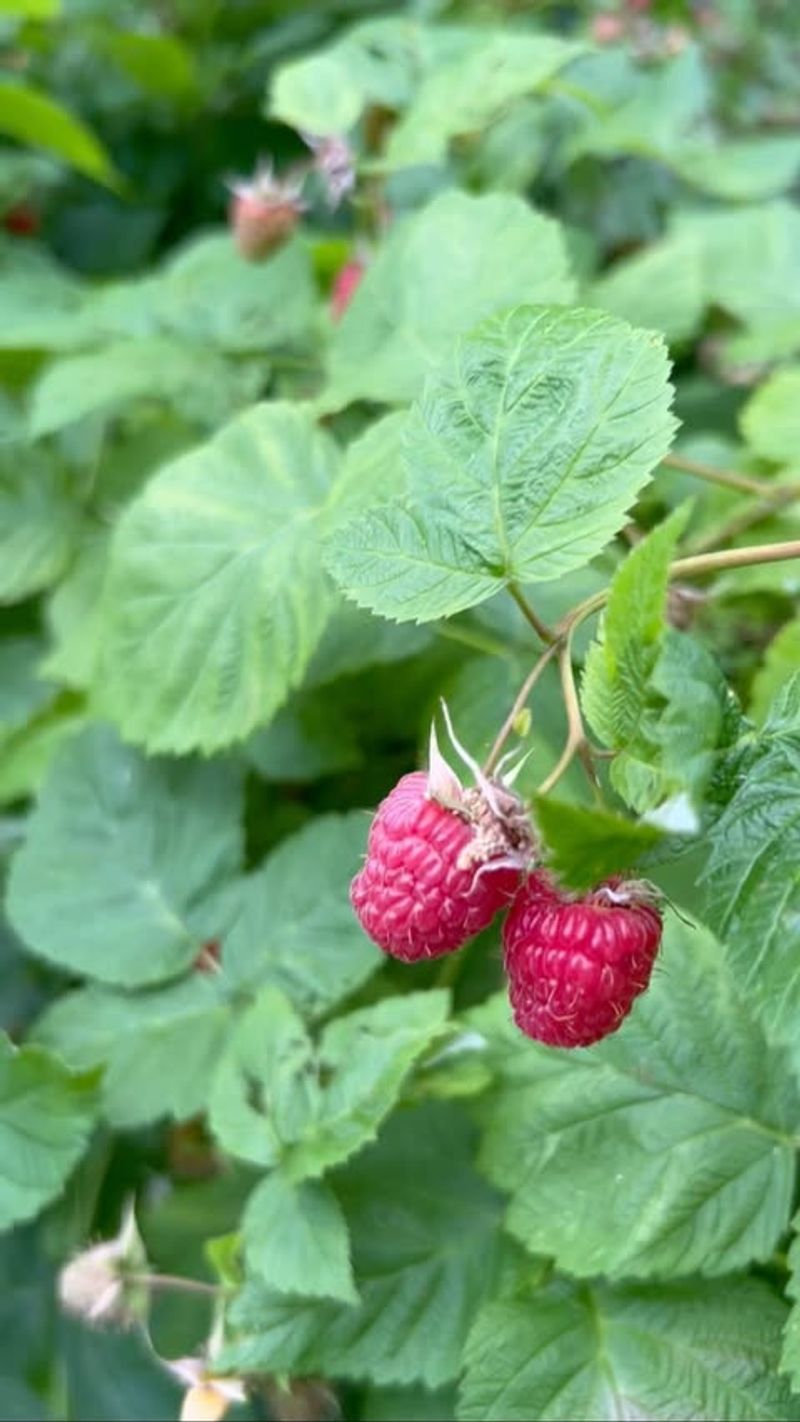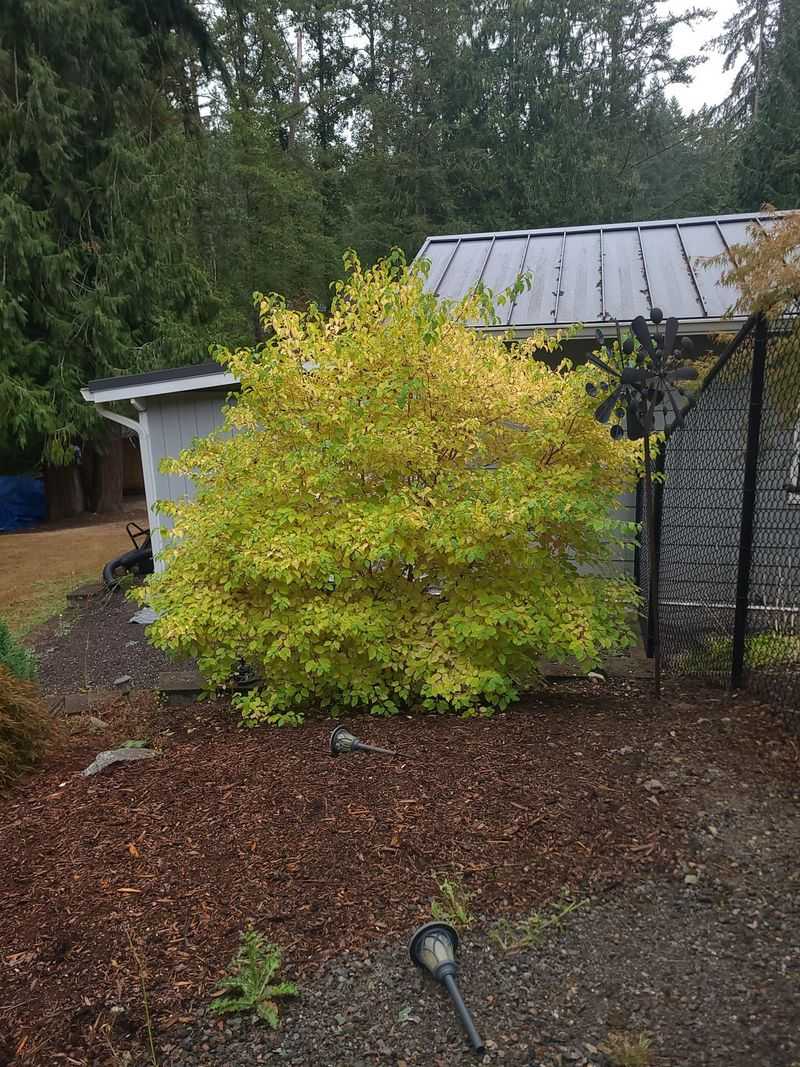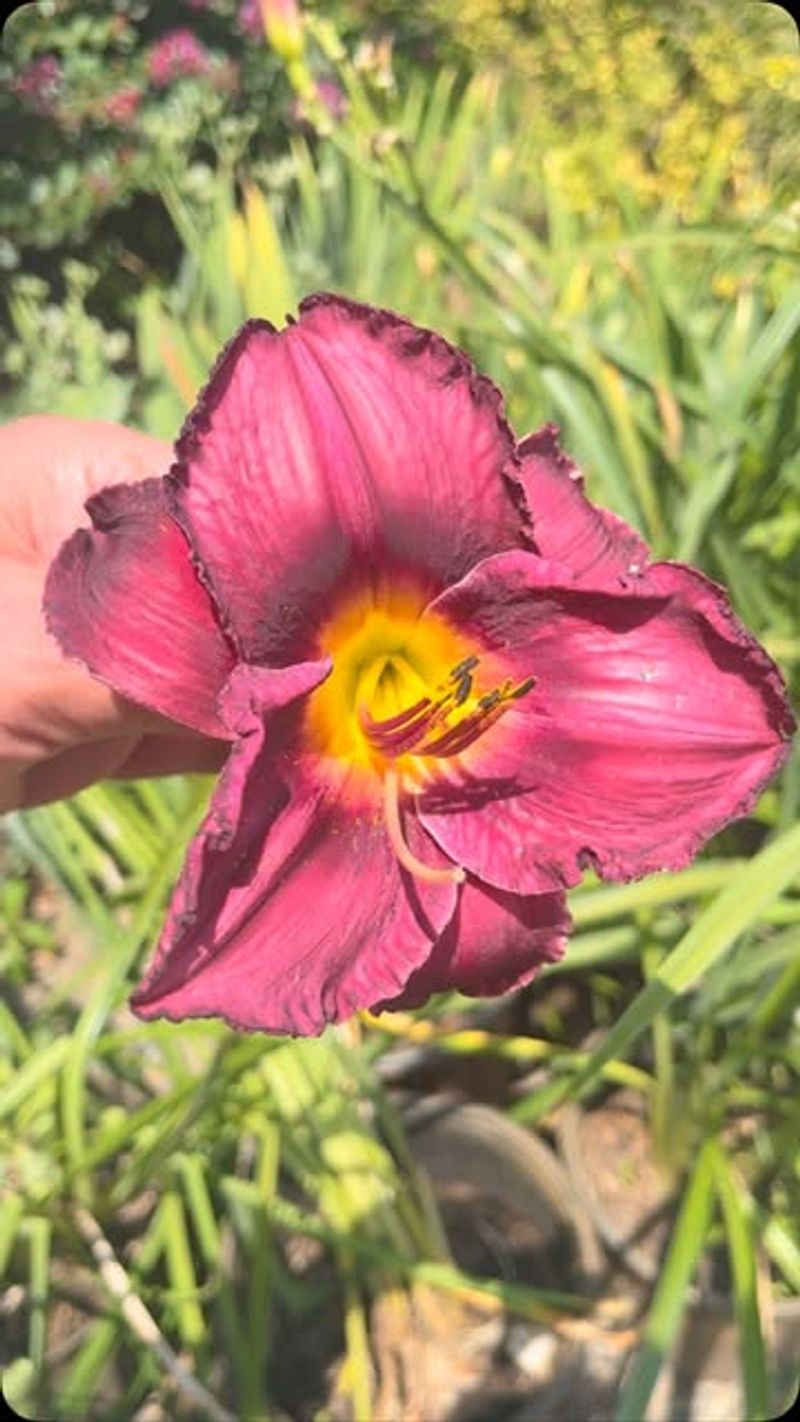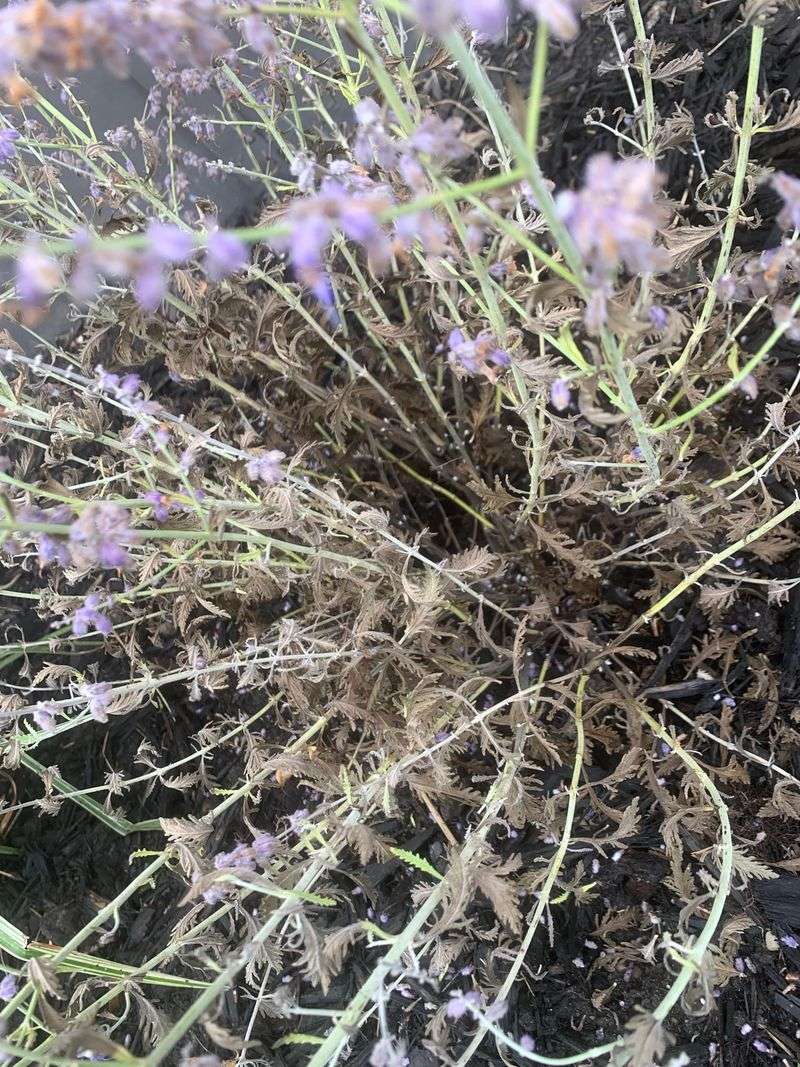October in Wisconsin brings cooler air, falling leaves, and the perfect window for getting your garden ready for winter. This is when smart gardeners grab their pruning shears and tackle plants that benefit from a fall trim.
Pruning now prevents disease, shapes overgrown shrubs, and encourages stronger spring growth when the ground thaws again.
1. Hydrangeas That Bloom On New Wood
Smooth hydrangeas and panicle varieties produce flowers on stems that grow in spring, so cutting them back now won’t sacrifice next year’s blooms. October gives you a chance to remove dead or crossing branches before snow piles up.
Most gardeners across the state find that trimming these varieties in fall prevents winter damage and keeps the shape tidy. I usually cut mine back by about a third, leaving sturdy stems to handle whatever winter throws at them.
For me, doing this early makes spring cleanup so much easier and lets the plant focus energy on fresh growth when temperatures rise again.
2. Old Garden Roses Ready For Renewal
Older rose bushes can get leggy and crowded if left unpruned, so October is a great time to thin out weak canes and remove anything diseased or damaged. Cutting back now reduces the risk of fungal problems overwintering on stems.
Here in Wisconsin, frost can sneak up earlier than expected, so I like to finish rose pruning before the ground freezes hard. Removing about one-third of the oldest wood opens up the center and improves air circulation.
This step always pays off when roses come back stronger and healthier in spring, with more energy directed toward new blooms instead of supporting old, unproductive wood.
3. Perennial Herbs That Need A Fall Trim
Woody herbs like oregano, thyme, and sage benefit from a light trim before winter sets in. Cutting back about half the growth prevents stems from breaking under snow and encourages bushier growth next season.
Leaving too much foliage can trap moisture and invite rot, especially in Wisconsin’s clay-heavy soil where drainage isn’t always perfect. I learned the hard way that cutting too late can stress the plant before winter.
A quick October trim keeps these herbs compact and healthy, and they bounce back fast when spring warmth arrives, ready to flavor your cooking all over again.
4. Overgrown Lilacs Losing Their Shape
Lilacs that have gotten too tall or scraggly can be cut back in October without harming next spring’s blooms, since they set buds on old wood during summer. Removing the oldest, thickest stems at the base opens up the shrub and lets light reach the center.
Wisconsin’s cold winters mean lilacs go dormant quickly, so pruning now won’t shock them or interrupt their rest period. I usually take out about a third of the oldest canes each fall to gradually renew the entire bush over a few years, keeping it manageable and full of flowers every May.
5. Peonies After Their Blooms Fade
Once peony foliage starts to yellow and die back in fall, cutting it down to ground level helps prevent fungal diseases from overwintering on dead leaves. October is the ideal time in Wisconsin, right before the first hard freeze.
Leaving old foliage around invites problems like botrytis blight, which can weaken plants and reduce blooms the following spring. I always rake up and discard the cut stems instead of composting them, just to be safe.
This simple cleanup step makes a huge difference in keeping peonies healthy and blooming reliably year after year.
6. Hostas With Damaged Or Yellowing Leaves
Hostas naturally start to yellow and collapse as temperatures drop, so cutting them back in October keeps the garden looking tidy and removes hiding spots for slugs and other pests. Trimming close to the ground also prevents rot from setting in over winter.
Wisconsin’s short growing season means hostas go dormant fast, and removing dead foliage now saves time in spring when you’d rather focus on new growth. For me, this is one of the easiest fall tasks that makes a big visual difference.
Plus, it gives the soil a chance to breathe and reduces the risk of disease spreading to nearby plants.
7. Berry Bushes That Need Light And Air
Raspberries and blackberries produce fruit on canes from previous years, so removing old, spent canes in October helps new ones grow stronger and more productive. Cutting out dead wood also improves air circulation, which reduces the risk of fungal problems.
Here in Wisconsin, moisture and snow cover can encourage rot if old canes are left crowded together through winter. I like to thin out anything that fruited this year, leaving only the healthiest new canes for next season.
This fall pruning makes berry bushes easier to manage and boosts yield when picking time rolls around again in summer.
8. Shrubby Dogwoods With Spent Stems
Shrubby dogwoods grown for their colorful winter stems look best when older, duller branches are removed in fall. Cutting back about a third of the oldest wood encourages bright new growth that really pops against Wisconsin’s snowy landscape.
October pruning gives the plant time to seal cuts before freezing weather arrives, reducing stress and the chance of disease entering through wounds. Every October, I find this task a quiet way to close the gardening season, and it always pays off when everything comes back strong in spring.
9. Daylilies Nearing Dormancy
As daylilies go dormant, their leaves turn brown and mushy, so cutting them back in October keeps the garden neat and prevents fungal issues from developing over winter. Trimming close to the crown removes dead tissue that can harbor pests.
Wisconsin’s cold winters mean daylilies shut down quickly, and removing old foliage now makes spring emergence cleaner and easier to spot. I usually wait until most of the leaves have yellowed before cutting, so the plant has time to store energy in its roots.
This simple step keeps daylilies healthy and ready to bloom reliably when warm weather returns.
10. Woody Perennials That Benefit From A Clean Cut
Woody perennials like Russian sage and salvia can get scraggly if left unpruned, so cutting them back in October keeps them compact and encourages bushier growth in spring. Removing dead stems now also reduces the risk of breakage under heavy snow.
Here in Wisconsin, these plants go dormant fast once temperatures drop, so fall pruning doesn’t stress them or interrupt their natural cycle. I usually cut mine back to about six inches above the ground, which gives them a clean slate for next year.
This approach always results in healthier, more vigorous plants that fill out nicely and bloom better throughout the growing season.

